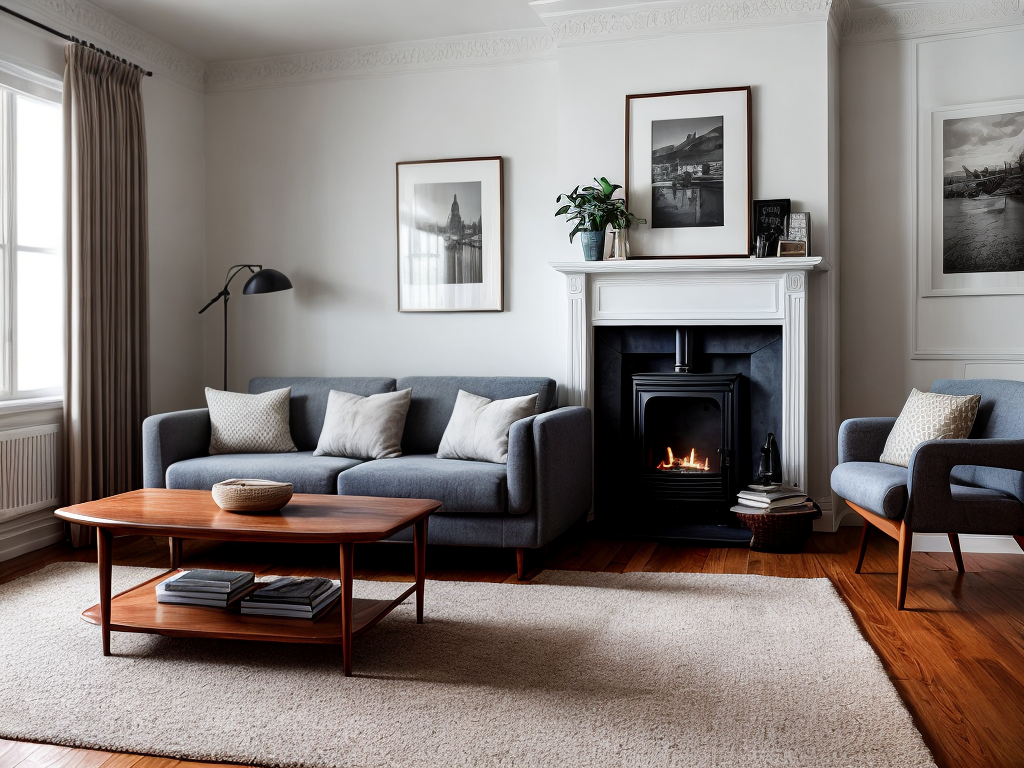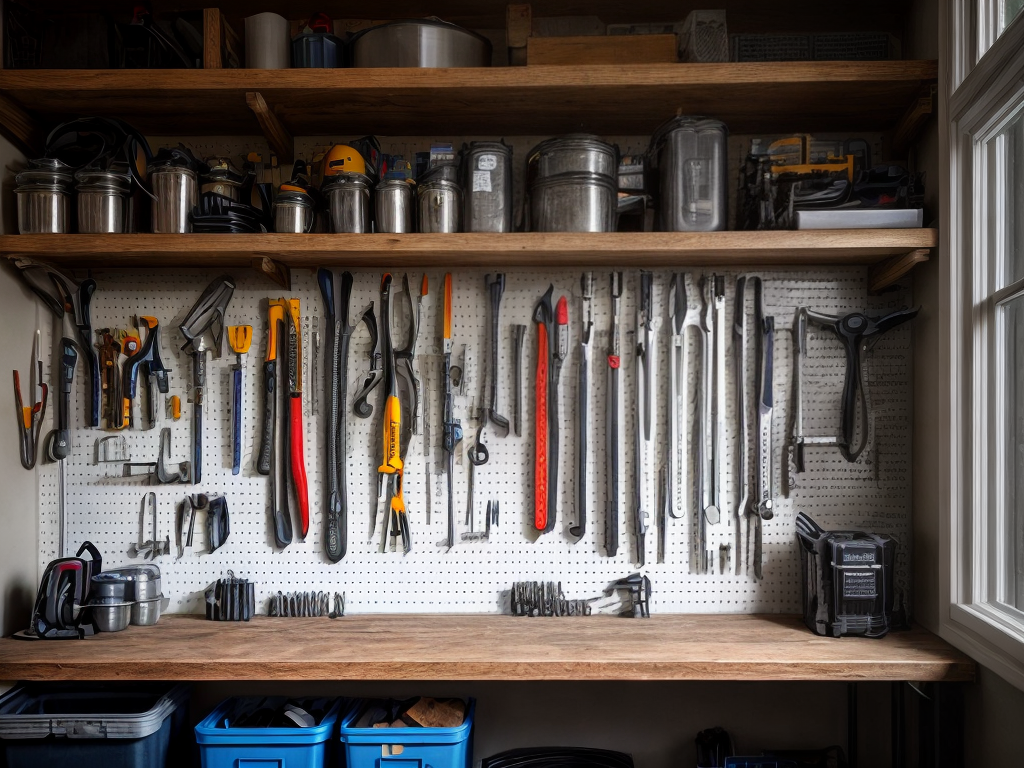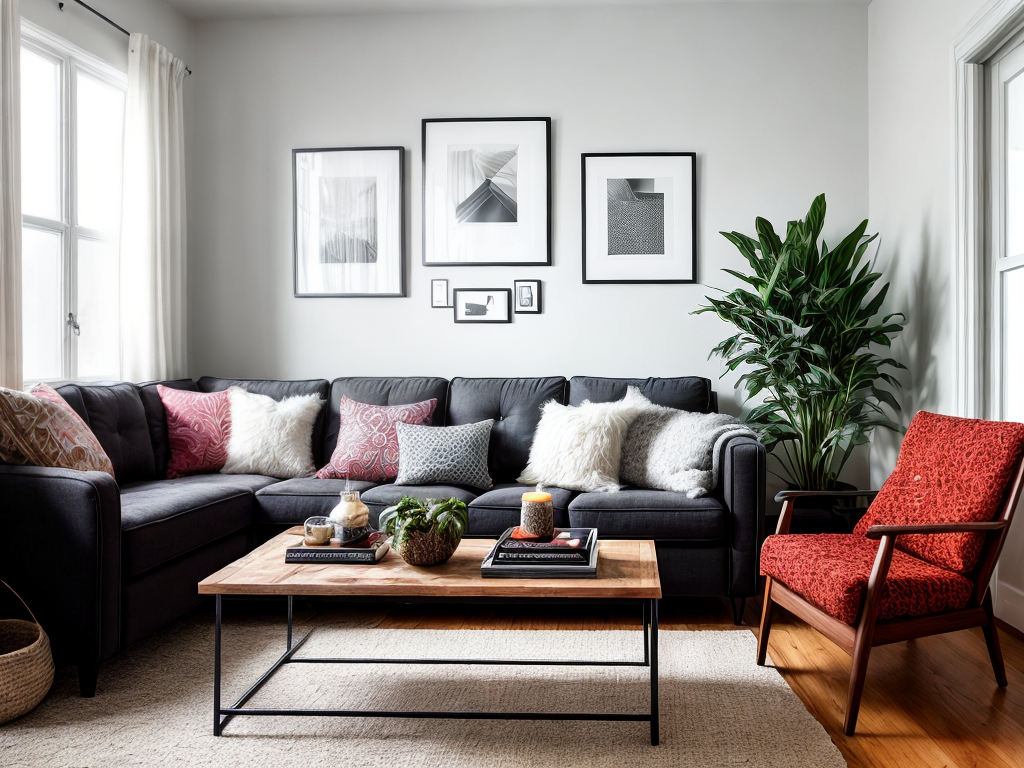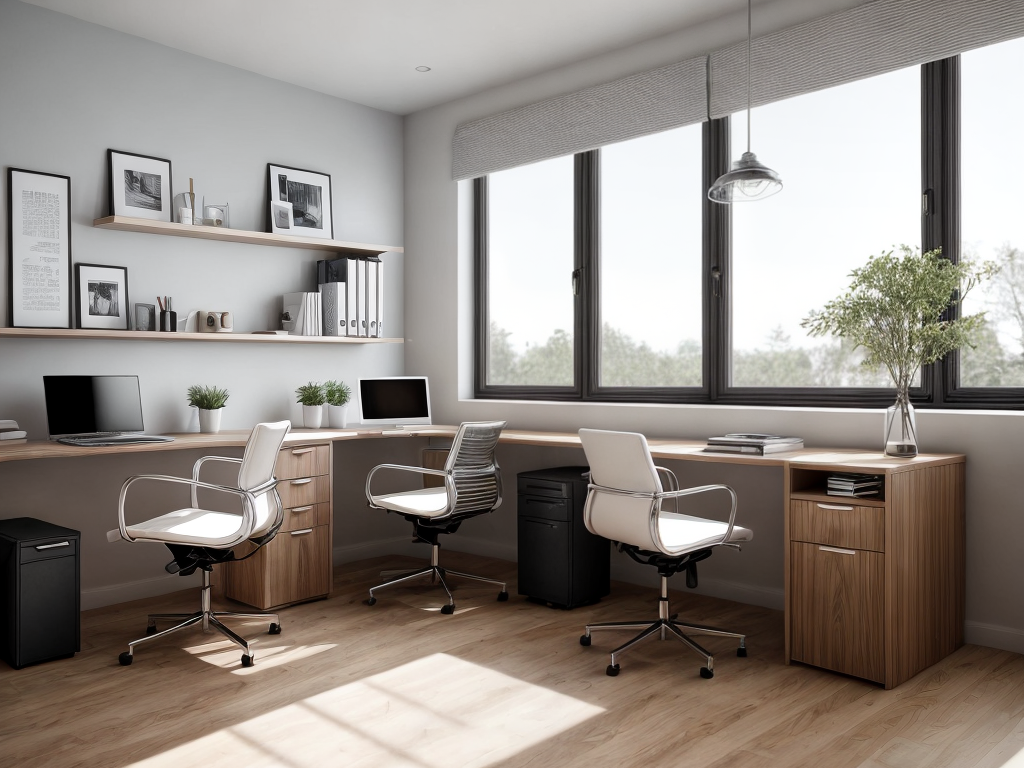
Walking into a newly renovated space can feel like stepping into a time capsule. The seamless integration of vintage elements with modern design is a captivating trend that adds character and charm to any home. From repurposing old furniture to salvaging architectural features, there are countless ways to incorporate vintage elements into a modern renovation. In this discussion, we will explore the art of blending vintage and modern textures, the importance of choosing the right vintage pieces, and how to incorporate vintage art and decor to create a unique and timeless space. So, let’s embark on a journey where old meets new, and discover the endless possibilities that await.
Choosing the Right Vintage Pieces
When selecting vintage pieces for your modern renovation, it is crucial to carefully consider their style, functionality, and overall aesthetic impact. Upcycling antiques and mixing vintage and contemporary styles can create a unique and eclectic look for your space. When upcycling antiques, it’s important to choose pieces that can be repurposed or refurbished to fit your modern design. Look for furniture with good bones that can be reupholstered or given a fresh coat of paint. Consider the functionality of the piece and how it will fit into your overall design scheme. Mixing vintage and contemporary styles can add depth and interest to your space. Choose vintage pieces that complement the modern elements in your home, creating a harmonious balance between old and new. Pay attention to the scale and proportions of the vintage pieces, making sure they fit seamlessly into your space. By carefully selecting and incorporating vintage pieces into your modern renovation, you can create a unique and stylish home that reflects your personal taste and style.
Repurposing Old Furniture
As I explore the topic of repurposing old furniture, I can’t help but appreciate how it seamlessly integrates vintage elements into modern renovations. Upcycling techniques and restoring antique items have become popular ways to give new life to old furniture. Here are three examples of how repurposing old furniture can enhance a modern renovation:
-
Transforming a vintage dresser into a bathroom vanity: By adding a sink and plumbing, an old dresser can be repurposed into a unique and stylish bathroom vanity. The worn patina of the dresser adds character and charm to the modern bathroom.
-
Turning an antique trunk into a coffee table: An old trunk can be repurposed into a stunning coffee table. By adding legs or a glass top, the trunk becomes a functional and eye-catching centerpiece in the living room. The history and craftsmanship of the trunk bring a sense of nostalgia to the modern space.
-
Repurposing an old wooden ladder as a bookshelf: Instead of discarding an old wooden ladder, it can be transformed into a rustic bookshelf. Simply add shelves between the ladder rungs, and it becomes a unique storage solution that adds warmth and character to any room.
Repurposing old furniture not only reduces waste but also adds a touch of history and personality to modern renovations. By utilizing upcycling techniques and restoring antique items, homeowners can create spaces that are both sustainable and visually appealing.
Salvaging Architectural Features
I salvaged architectural features from an old building to incorporate unique and historical elements into my modern renovation. Salvaging materials is not only a sustainable choice but also a way to preserve the historical charm of the building. By carefully removing and reusing elements such as doors, windows, and moldings, I was able to add character and authenticity to my updated space.
One of the most notable features I salvaged was a set of beautiful stained glass windows. These windows, with their intricate designs and vibrant colors, were the perfect addition to my living room. They not only brought in natural light but also became a focal point, adding a touch of elegance and history.
Another architectural feature I salvaged was a set of vintage wrought iron railings. These intricate pieces were carefully restored and installed on my staircase, creating a stunning visual contrast against the modern lines of the house. The salvaged railings not only provided safety but also added a sense of grandeur and craftsmanship.
Incorporating salvaged architectural features into my modern renovation allowed me to create a space that honors the past while embracing the present. It is a testament to the beauty and timelessness of these elements, preserving their historical charm for future generations to appreciate.
Blending Vintage and Modern Textures
To seamlessly blend vintage and modern textures, I carefully selected materials and furnishings that complemented each other in both style and texture. By incorporating vintage inspired textiles and combining them with modern elements, I was able to create a cohesive aesthetic that balanced the old and the new. Here are three key ways I achieved this:
-
Mixing materials: I used a combination of reclaimed wood and sleek metals to bring together the warmth of vintage textures with the clean lines of modern design. This juxtaposition added visual interest and depth to the space.
-
Layering textures: To add depth and dimension, I combined different textures such as velvet, leather, and linen in my choice of upholstery and soft furnishings. This created a tactile experience and added a sense of luxury to the overall design.
-
Playing with patterns: Incorporating vintage inspired patterns, such as floral prints or geometric motifs, in wallpaper, rugs, and accent pieces helped to tie the vintage and modern elements together. These patterns added character and visual appeal to the space, while still maintaining a modern and contemporary feel.
Incorporating Vintage Art and Decor
Incorporating vintage art and decor adds a touch of nostalgia and character to any modern renovation. Mixing vintage and contemporary colors can create a unique and visually appealing aesthetic. By integrating vintage elements in a minimalist design, you can achieve a balance between old and new, creating a space that feels both timeless and modern.
One way to incorporate vintage art and decor is by using antique frames to display contemporary artwork. This juxtaposition of old and new creates an interesting focal point in any room. Another idea is to hang vintage posters or photographs on a feature wall, adding a sense of history and personality to the space.
When it comes to decor, consider adding vintage pieces that complement your modern furnishings. For example, a mid-century modern sofa can be paired with a vintage coffee table or a retro-inspired rug. This combination adds depth and character to your living space.
Incorporating vintage art and decor is all about finding the right balance. It’s important not to overwhelm the space with too many vintage elements. Instead, choose a few key pieces that speak to your personal style and integrate them into your modern renovation. This way, you can create a space that is both contemporary and nostalgic, filled with charm and character.





